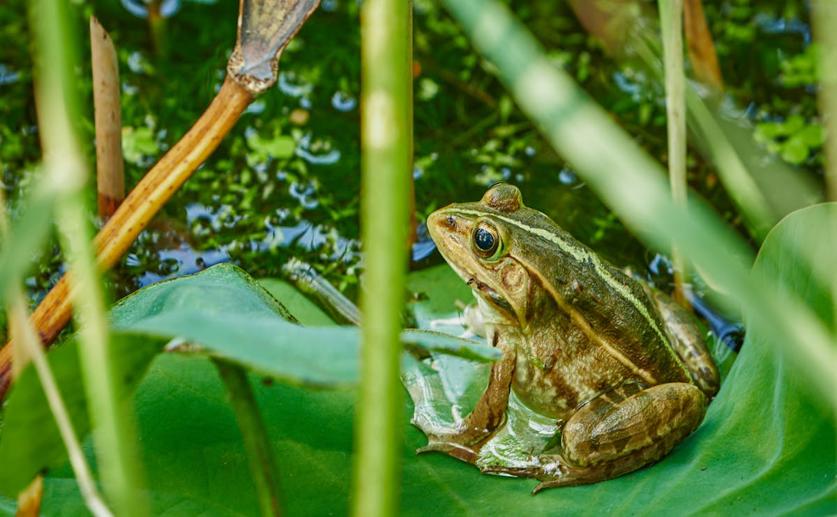
How Stress Affects the Colors of Poison Frogs
Jenn Hoskins
13th April, 2024

Image Source: Suki Lee (photographer)
Key Findings
- In South American poison frogs, researchers found genes linked to their bright warning colors
- These genes are evolving under positive selection, suggesting they help frogs survive by deterring predators
- The study provides insight into how these colors may also influence mate choice and species recognition
GeneticsAnimal ScienceEvolution
References
Main Study
1) Under pressure: evidence for selection on color-related genes in poison frogs of the genus Ranitomeya
Published 12th April, 2024
https://doi.org/10.1007/s10682-024-10297-1
Related Studies
2) Comparative transcriptomics reveals candidate carotenoid color genes in an East African cichlid fish.
3) Functional colour genes and signals of selection in colour-polymorphic salamanders.
4) A curated gene list for expanding the horizons of pigmentation biology.
5) Diversity in warning coloration: selective paradox or the norm?



 26th March, 2024 | Greg Howard
26th March, 2024 | Greg Howard